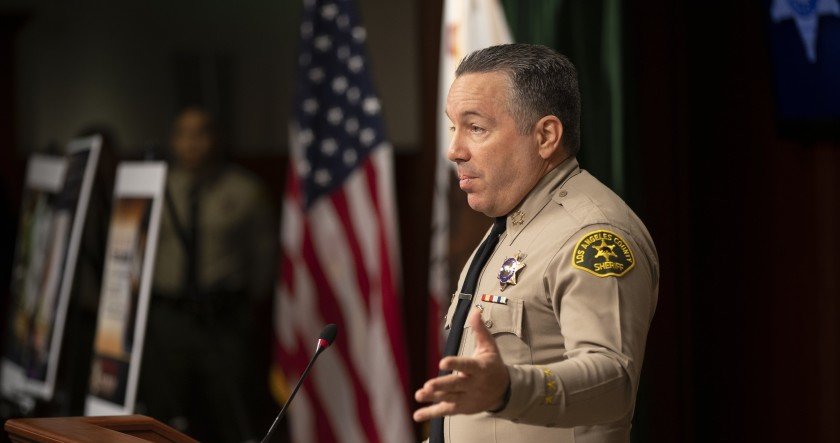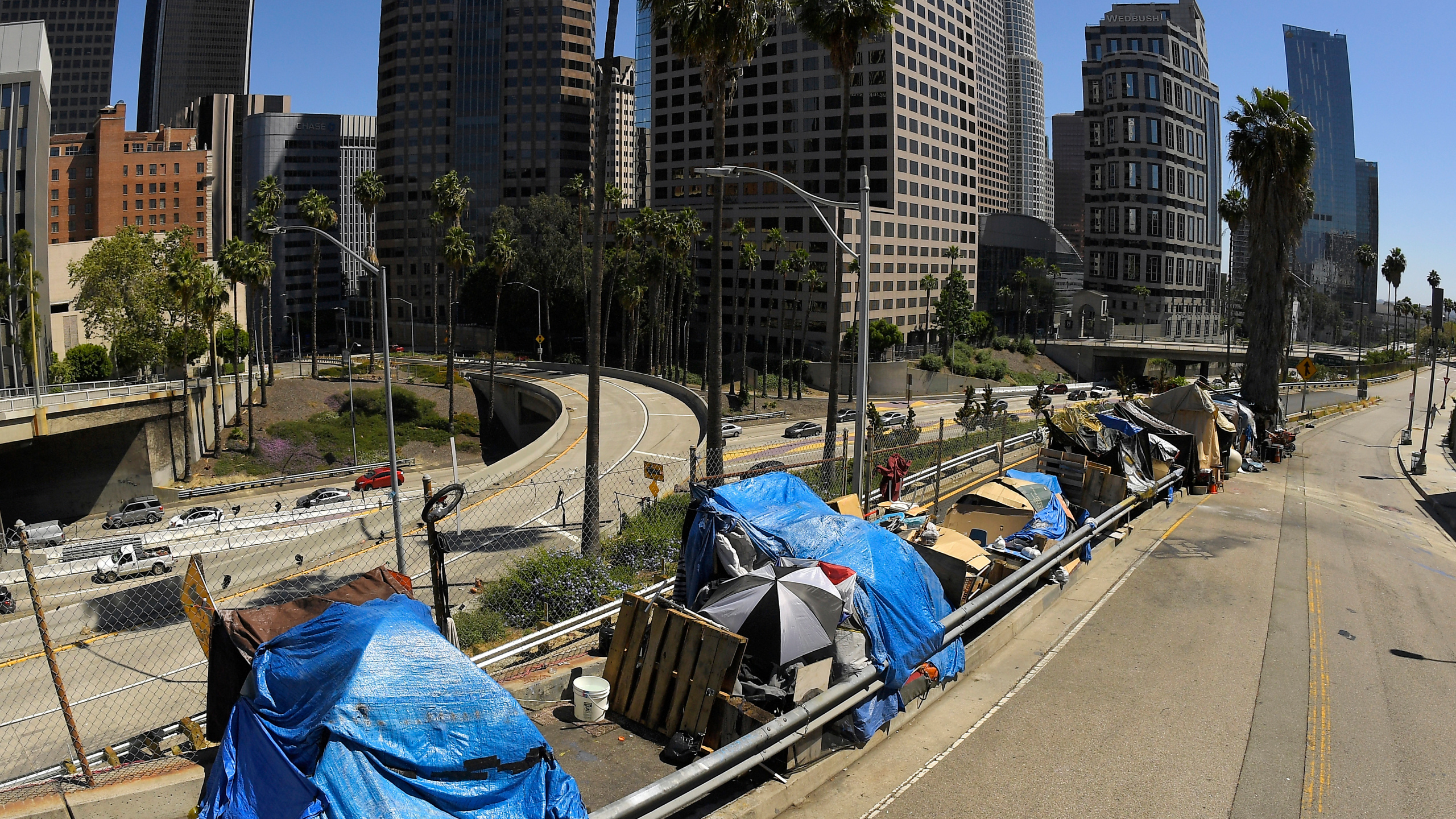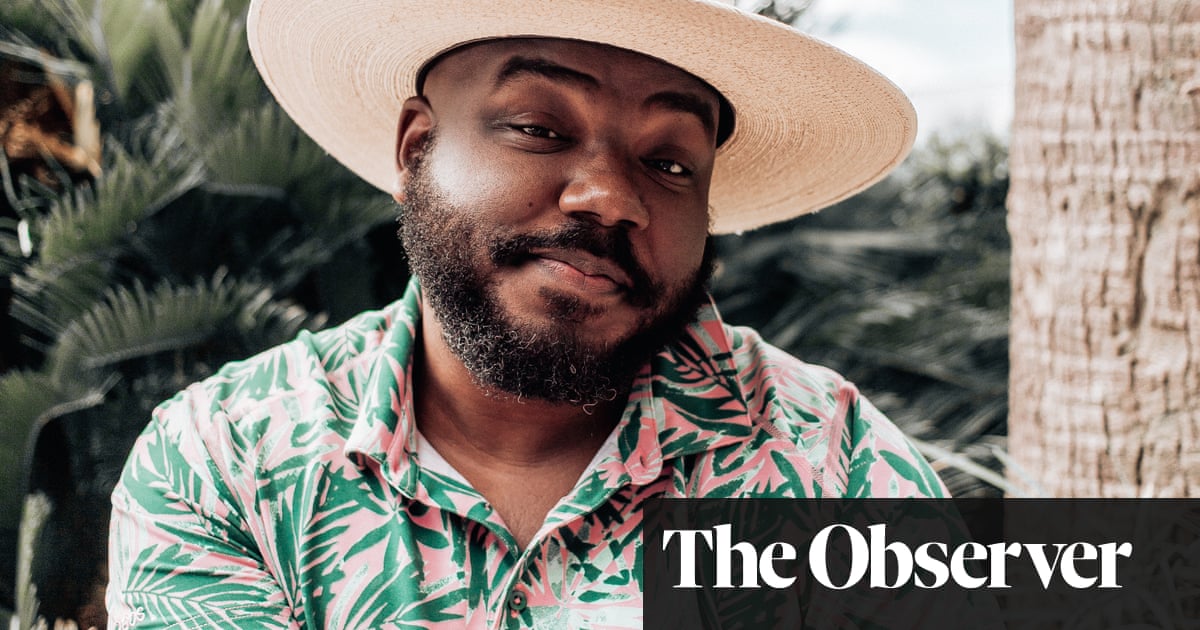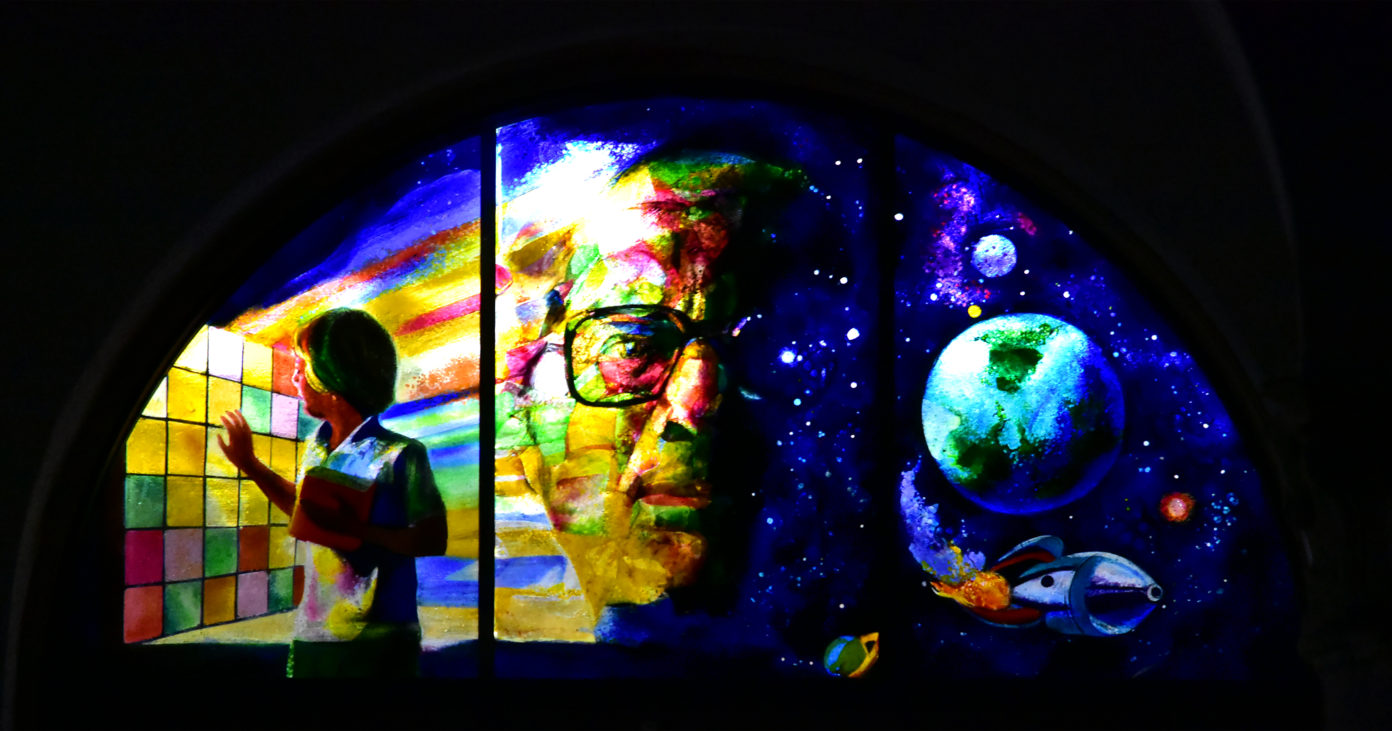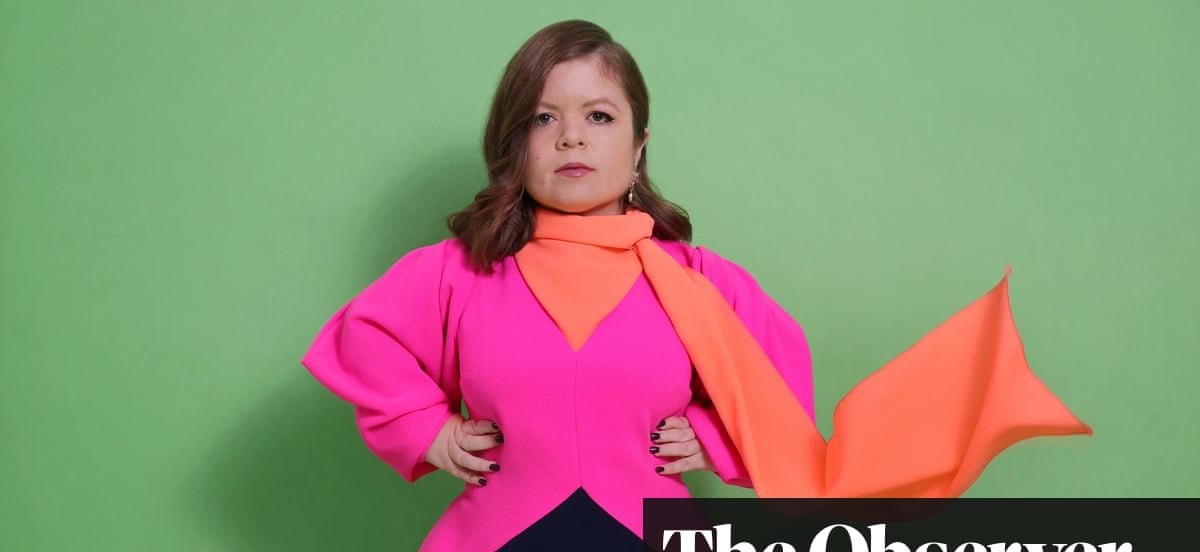In the late 1960s, Black communities across the country erupted against the systemic racism and police brutality that persisted in the face of civil rights gains. The uprisings sparked a new era of revolutionary and cultural nationalism, rich in Black art and cultural production, with raised fists, images and words that countered the anti-Black dominant culture and proclaimed “Black is Beautiful.” The Black Arts Movement and the cultural arms of Black nationalist organizations knew art could be a weapon. So did federal and local law enforcement. They perceived associations between artists and activists as a threat and subjected the community, leaders, and arts and cultural institutions to widespread surveillance.
Poet/musician Jayne Cortez, who co-founded Studio Watts Workshop and founded the Watts Repertory Theater, wrote, “artists drew energy from the rebellion and produced works exploring the aftermath, the confrontations, the wounds, and the revolutionary ideas…Musicians, literary and visual artists in Los Angeles… were talking about black consciousness, black power, black images, and how to free themselves and their people .” […]
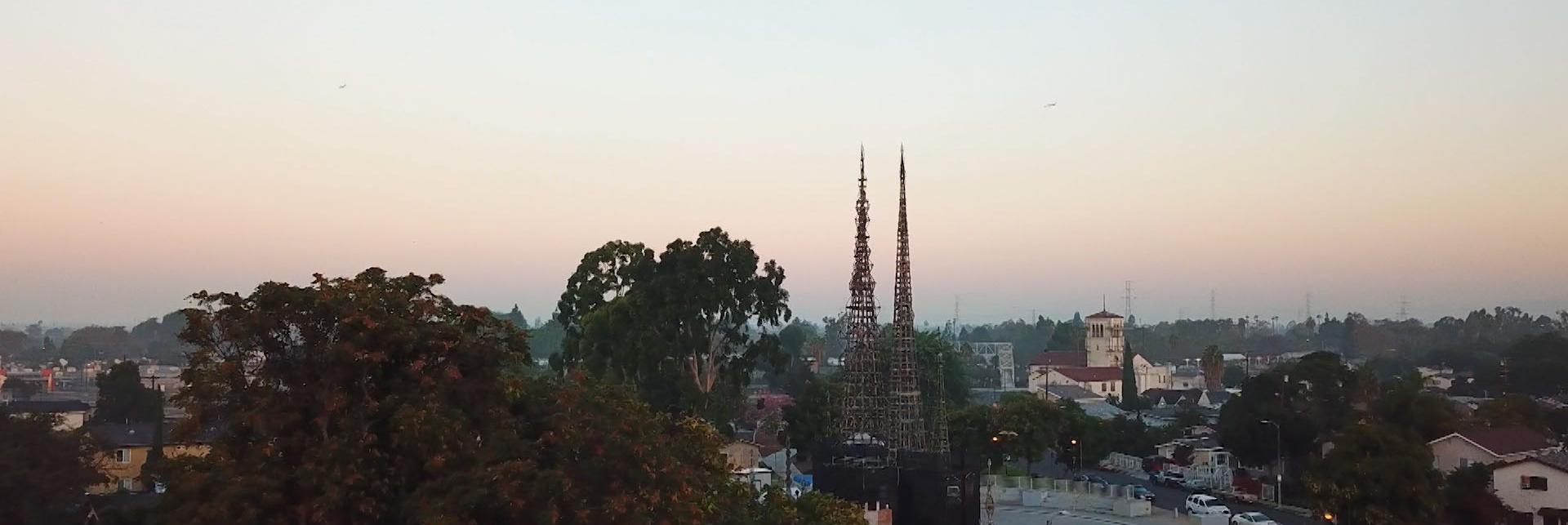

Add a comment


